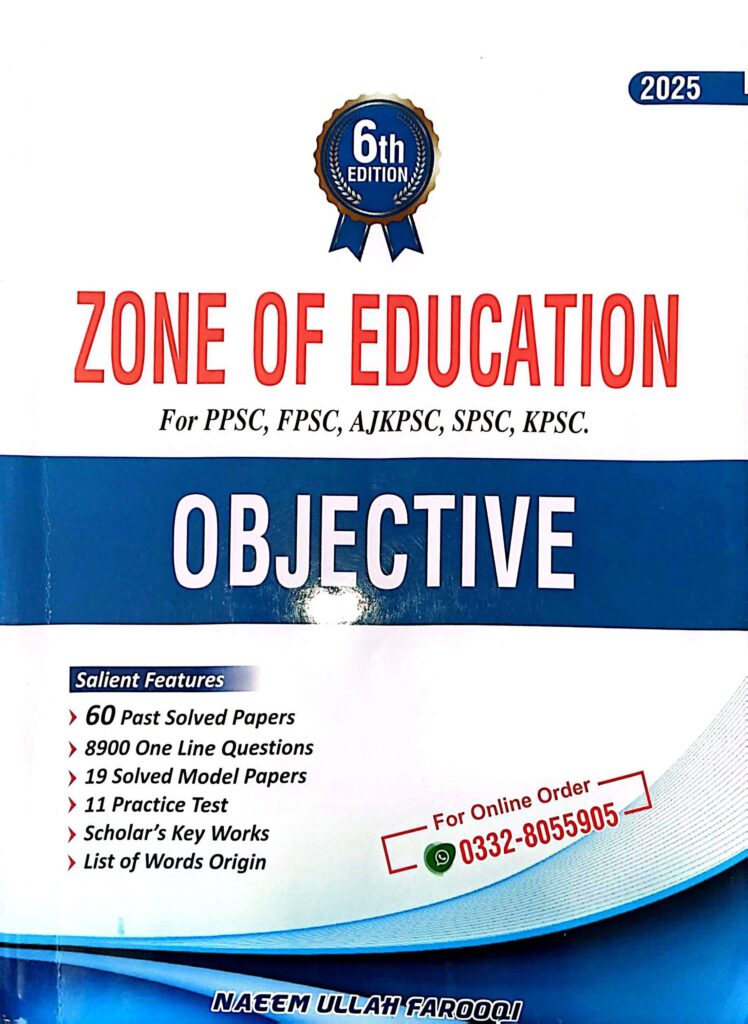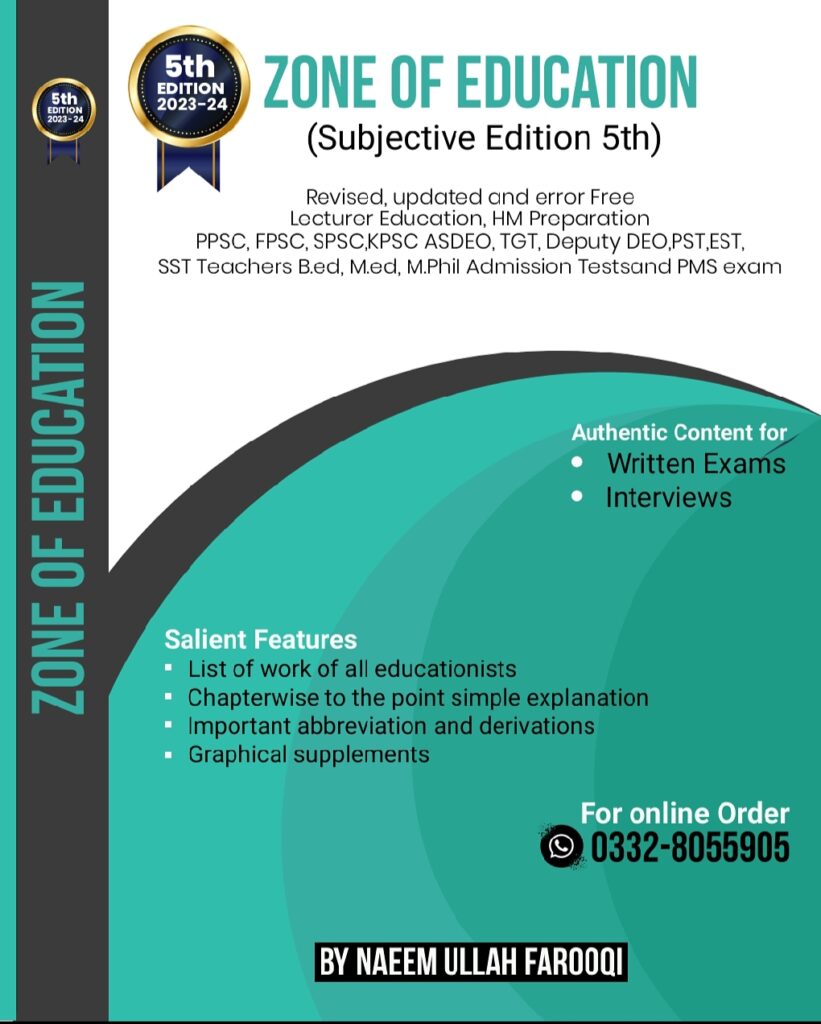.MOTIVATION
1.Which type of needs symptoms of mental illnesses can be shown to serve?
· (a) Voluntary
· (b) Unvoluntary
· (c) Conscious
· (d) Unconscious
2. Does social learning theory of Motivation focus on “instinctual drive”?
· (a) Yes
· (b) No
· (c) Doubtful
· (d) None of these
3. The correct sequence to consider motivated behavior involves:
· (a) Drive, need, incentive, and reward
· (b) Incentive, need, drive, and reward
· (c) Need, drive, incentive, and reward
· (d) Drive, reward, incentive, and need
4. The relationship between need and drive is:
· (a) Positive
· (b) Negative
· (c) Illustrated
· (d) None of these
5. What is called the tendency to maintain a balanced physiological condition?
· (a) Individual Survival Motive
· (b) Primary Motives
· (c) Secondary Motives
· (d) Homeostasis
6. Motive is basically:
· (a) Psychological needs
· (b) Sociological needs
· (c) Biological needs
· (d) Both (a) & (b)
7. Freud’s psychoanalytic motivation maintains:
· (a) Our actions are determined by Motivation
· (b) Social learning theory
· (c) Our actions are determined by inner forces and impulses
· (d) Learned behavior
8. Who thought that “our behavior is learned through interaction with and observation of the environment”?
· (a) Cattell
· (b) Hull
· (c) S. Freud
· (d) Albert Bandura
9. According to Freud, “life instinct” is likened to Eros, while death instinct is likened to:
· (a) Thanatos
· (b) Instinctual drive
· (c) Thalamus
· (d) Fanatos
10. “The term Libido which involves mainly sex-related activities” is associated with:
· (a) Bandura
· (b) S. Freud
· (c) Otto Rank
· (d) Thorndike
11. Basic Human Motives include:
· (a) Libido & Sex
· (b) Sex & Drive
· (c) Libido & Drive
· (d) Sex & Aggression
12. Sex is expressed in the pleasure derived from stimulating the sensitive zones of the body:
· (a) Parts
· (b) Bones
· (c) Zones
· (d) None of these
13. Motive may make the child anxious because of:
· (a) Negative Social attitudes
· (b) Negative Mother’s attitude
· (c) Both
· (d) Negative Parental attitudes
14. The concept of unconscious motivation is the cornerstone of:
· (a) Psychoanalytic theory
· (b) Psychodynamic theory
· (c) Psychobiological theory
· (d) Both (a) & (b)
15. What is often expressed when we are unaware of?
· (a) Impulses
· (b) Wishes
· (c) Imagination
· (d) Both (a) & (b)
16. Both primary and secondary motives are dependent upon biological nature:
· (a) No
· (b) Yes
· (c) Only Primary Motives
· (d) Only Secondary Motives
17. Affiliation is a need having to do with:
· (a) Psychological Motives
· (b) Affection between people
· (c) Biological Motives
· (d) None of these
18. Behavior is goal-directed particularly in relation to:
· (a) Physiological Motives
· (b) Emotion
· (c) Social Motive
· (d) Persistence
19. Arousal as the main dimension of emotion is emphasized in:
· (a) Activation theory
· (b) Perceptual Motivational theory
· (c) James-Lange theory
· (d) Darwin’s theory
20. A cognitive theory of motivation is best illustrated by the drive:
· (a) Biological Motive
· (b) Achievement
· (c) Social Motive
· (d) Persistence
21. A young man turning himself into a religious worker has a strong:
· (a) Aggression
· (b) Achievement
· (c) Social motive
· (d) Dependency
22. The method depending upon the identification of the pressure of the appropriate drive is used in the following:
· (a) Measuring the rate of bar pressing by which a rat learns to peg a bar in order to recall food pellets coming only occasionally
· (b) Measuring the amount of restless activity of a rat allowed to search for its food in a maze cage
· (c) Counting the number of crossings made in 20 minutes on a shock-inflicting grid floor
· (d) None of these
23. The full pattern of goal-directed activity is depicted in the process of:
· (a) Preparatory activity-drive-need-incentive-consummatory behavior
· (b) Need-drive-preparatory Activity – incentive – Consummatory behavior
· (c) Incentive-drive-need-preparatory Activity – Consummatory behavior
· (d) Drive-incentive-preparatory Activity-need – Consummatory behavior
24. The author of the hierarchical theory of motivation was:
· (a) A.H. Maslow
· (b) McClelland
· (c) O.H. Mourer
· (d) J.W. Atkinson
25. Cannon’s work with emotions was mainly a study of:
· (a) Pulse rate
· (b) Heartbeat
· (c) Nerve impulses
· (d) Glands of internal secretion
26. What happens in emotional excitement?
· (a) Increase in glycogen in blood
· (b) Decrease in imagery
· (c) Decrease in breathing rate
· (d) Decrease of blood supply to the brain
27. What happens when progress towards a goal is blocked and underlying tensions remain unresolved?
· (a) Maladjustment
· (b) Intensity
· (c) Frustration
· (d) Fear
28. Is intrinsic motivation superior to extrinsic motivation?
· (a) No
· (b) Never
· (c) Yes
· (d) All the three
29. An environmental material or event that gains reward value to an organism is called:
· (a) Drive
· (b) Need
· (c) An incentive
· (d) Motive
30. To what type of behavior does a motive or drive lead an organism?
· (a) Pleasure seeking
· (b) Pain avoiding
· (c) Goal-oriented
· (d) Drive inducing
31. Basic and foremost in the hierarchy of human needs is:
· (a) Self-Actualization
· (b) Survival
· (c) Love
· (d) Security
32. Survival needs activate the organism to:
· (a) Avoid pain
· (b) Provide for physiological deficits
· (c) Seek pleasure
· (d) None of these
33. Specific positive arousal and vague negative arousal can be distinguished as:
· (a) Drive and need
· (b) Drive & Emotion
· (c) Anxiety & Drive
· (d) Motivation & Anxiety
34. Who said, “Persistence of a high order is proclaimed by the protagonist of ‘I am the master of my fate. I am captain of my soul'”?
· (a) Harlow’s invictus
· (b) Maslow’s invictus
· (c) Healye’s invictus
· (d) None of these
JOIN ZONE OF EDUCATIONPK!
Discover the most comprehensive and reliable pedagogy resources in Pakistan, curated for competitive exam success. Our content covers all competitive exam MCQs, including PPSC, FPSC, AJKPSC, SPSC, and more. Designed to empower learners with top-notch material and insights, trust us for your preparation journey!


